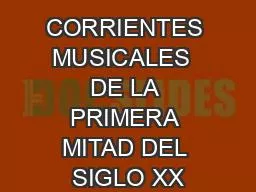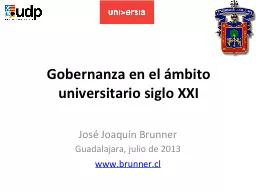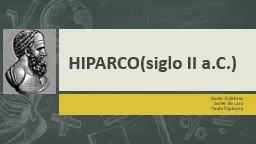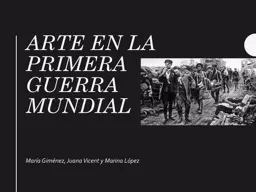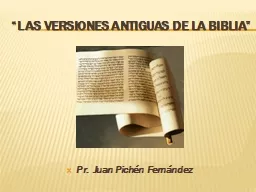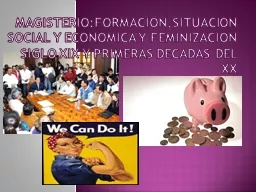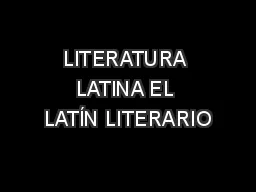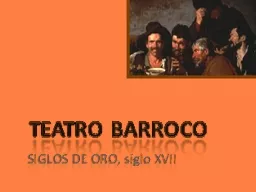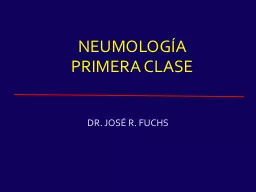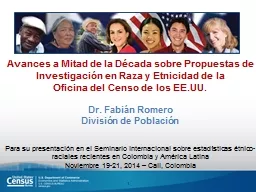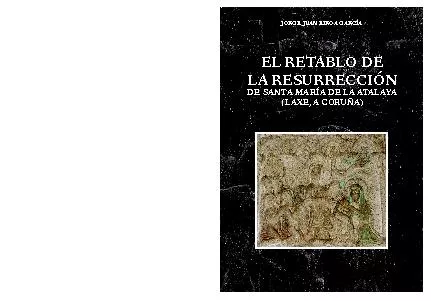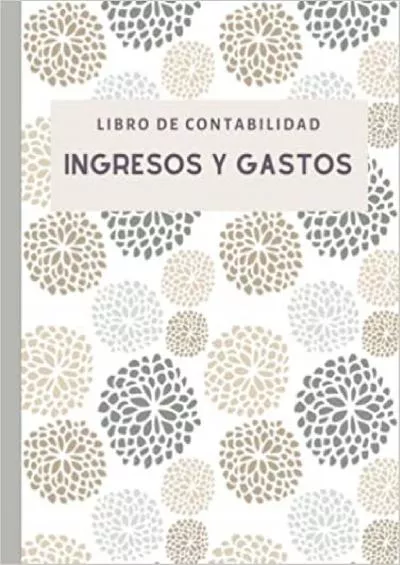PPT-CORRIENTES MUSICALES DE LA PRIMERA MITAD DEL SIGLO XX
Author : dayspiracy | Published Date : 2020-07-03
Músicos de Vanguardia Revolución del siglo XX Músicos rusos Corriente Nacionalista Entre Nacionalismo y Occidentalismo Compositores Americanos Los casos Scriabin
Presentation Embed Code
Download Presentation
Download Presentation The PPT/PDF document "CORRIENTES MUSICALES DE LA PRIMERA MITA..." is the property of its rightful owner. Permission is granted to download and print the materials on this website for personal, non-commercial use only, and to display it on your personal computer provided you do not modify the materials and that you retain all copyright notices contained in the materials. By downloading content from our website, you accept the terms of this agreement.
CORRIENTES MUSICALES DE LA PRIMERA MITAD DEL SIGLO XX: Transcript
Download Rules Of Document
"CORRIENTES MUSICALES DE LA PRIMERA MITAD DEL SIGLO XX"The content belongs to its owner. You may download and print it for personal use, without modification, and keep all copyright notices. By downloading, you agree to these terms.
Related Documents

